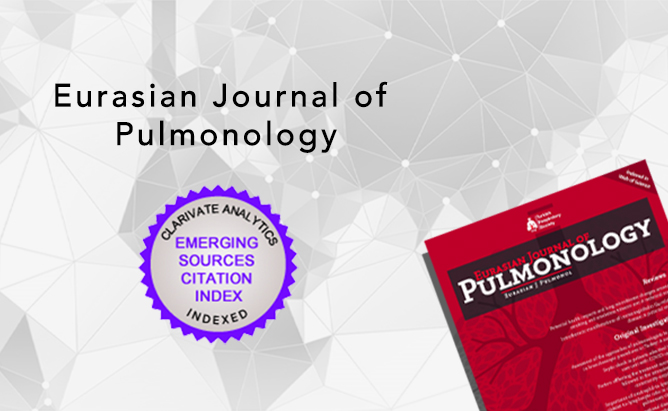2Intensive Care, Turkish Ministry of Health, Kilis State Hospital, Kilis, Türkiye
3Department of Internal Medicine, Division of Intensive Care Medicine, Trakya University Faculty of Medicine, Edirne, Türkiye
Abstract
BACKGROUND AND AIM: International guidelines recommend several scoring systems to assess Community-acquired pneumonia (CAP) severity, which play a crucial role in guiding treatment decisions. This study aims to compare the performance of these scores in predicting mortality in patients hospitalized with CAP.
METHODS: Patients admitted to Trakya University Faculty of Medicine Hospital between January 2018 and December 2019 with CAP were retrospectively reviewed through the hospital database. Recorded data included patients’ demographics, comorbidities, disease severity scores (Pneumonia Severity Index (PSI), CURB-65 (Confusion, Urea, Respiratory rate, Blood pressure, 65 years or older), Acute Physiology and Chronic Health Evaluation (APACHE), Sequential Organ Failure Assessment (SOFA)), laboratory findings, and outcomes (intensive care unit (ICU) and hospital length of stay, hospital mortality). Patients were grouped and compared according to their admission location (ward or ICU).
RESULTS: The median age was 69.5 (54.2 - 80.0). PSI, CURB-65, APACHE II, Simplified Acute Physiology Score III (SAPS-3), and SOFA scores were higher in ICU patients than in those admitted to the ward. The overall hospital mortality was 22%. Regarding mortality, the Area Under the Curve (AUC) values for the PSI, CURB-65, APACHE II, SAPS-3, and SOFA scores in hospitalized patients were 0.854 (p<0.001), 0.785 (p<0.001), 0.807 (p<0.01), 0.821 (p=0.01), and 0.773 (p<0.01), respectively. In the subgroup analysis of ICU patients, the AUC values and their respective CI for the PSI, CURB-65, APACHE II, SAPS-3, and SOFA scores related to mortality were: 0.758 ( p<0.001), 0.667 (p=0.02), 0.684 (p=0.03), 0.744 (p=0.001), and 0.643 (p=0.04), respectively.
CONCLUSIONS: The PSI and SAPS-3 scores are valuable in helping clinicians identify patients at high risk of mortality and in tailoring treatment for patients hospitalized with CAP, including those admitted to the ICU.




 Pervin Hancı1
Pervin Hancı1 




